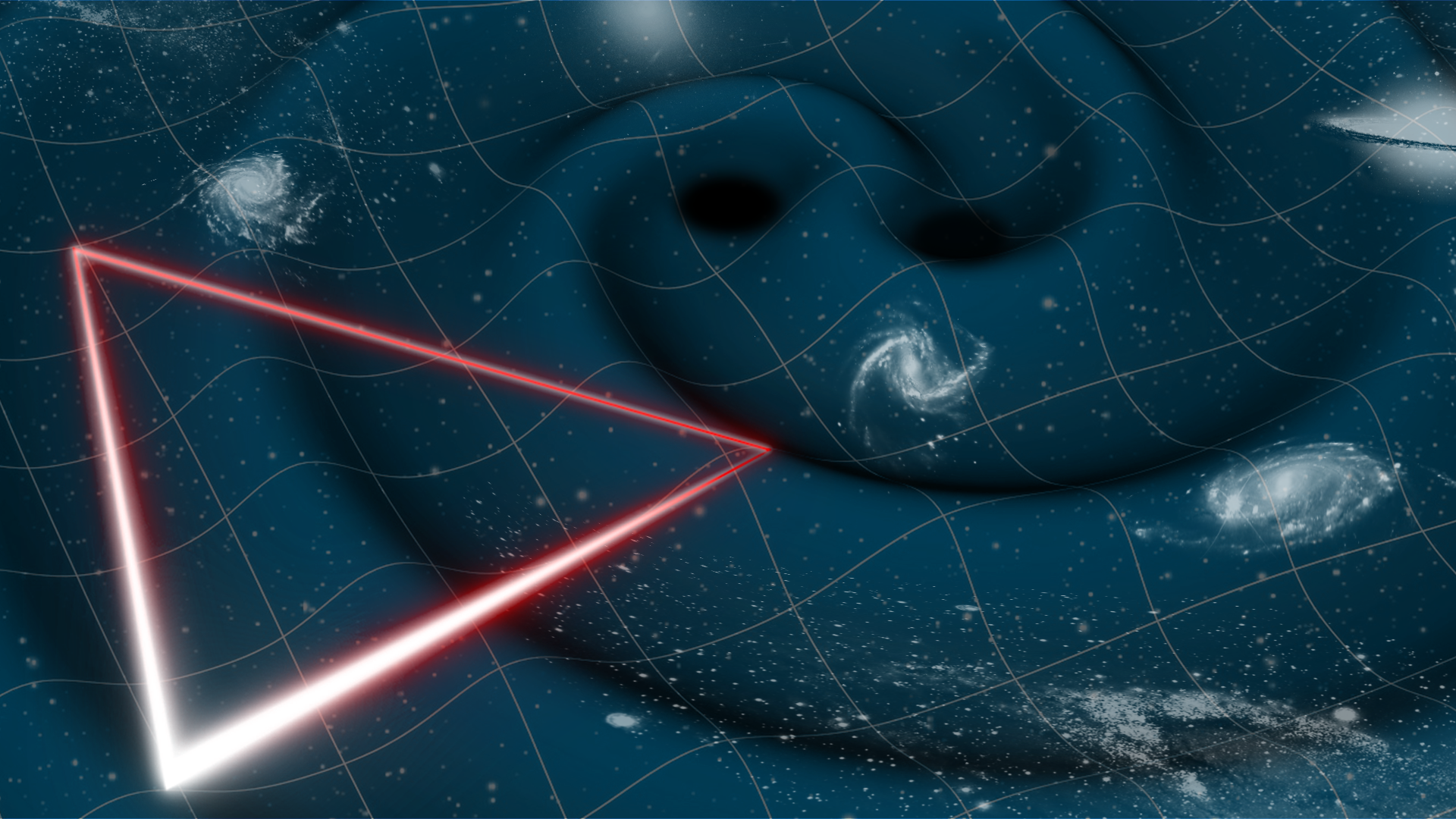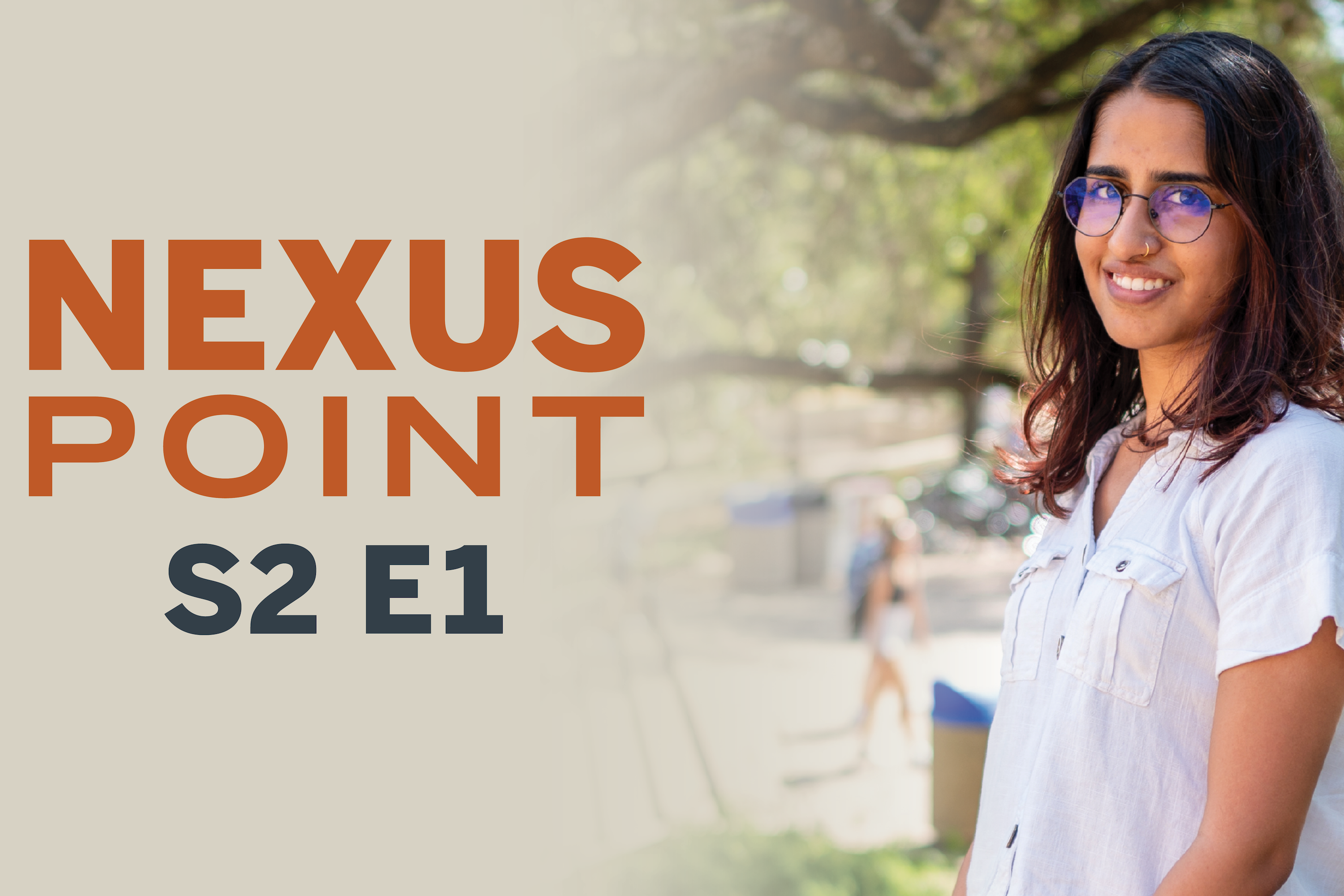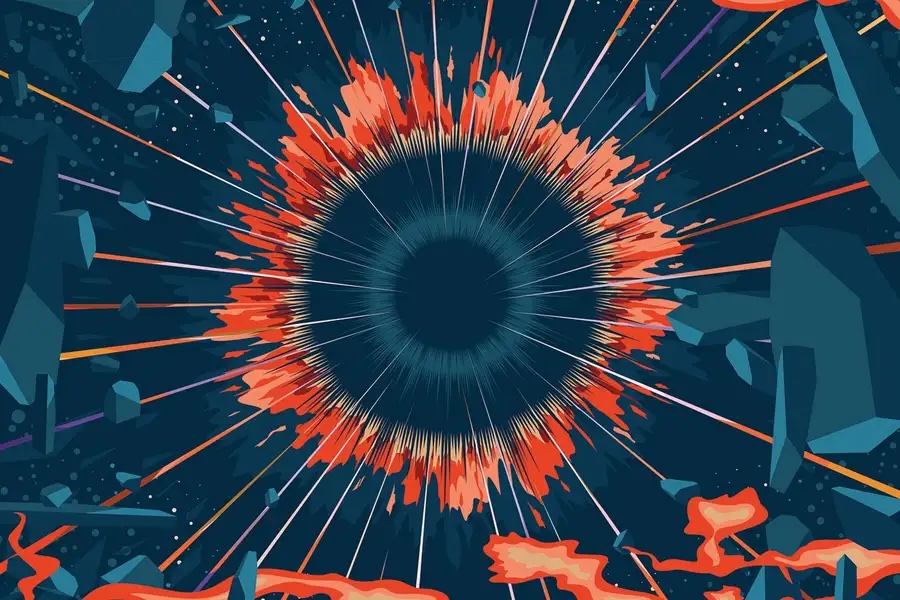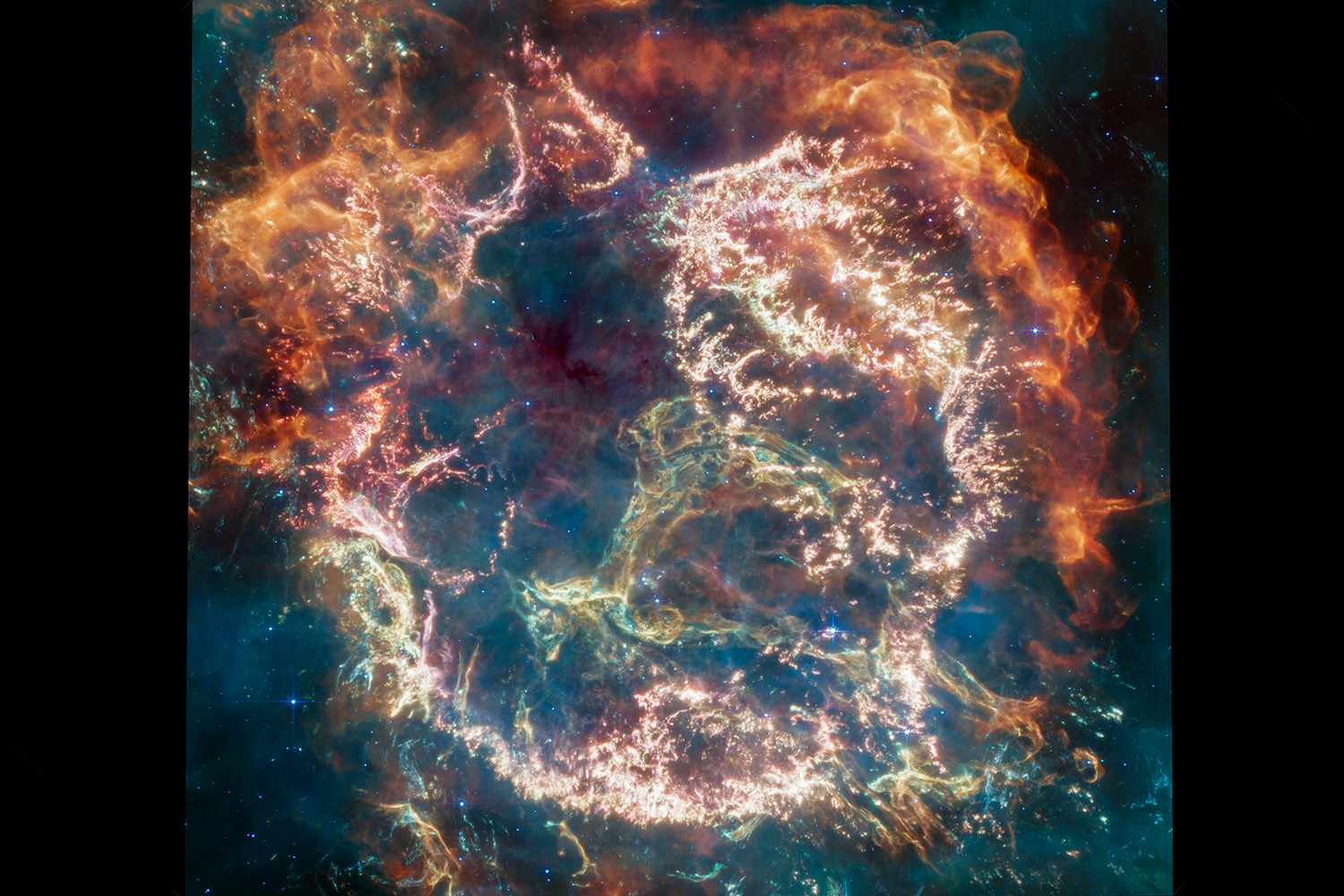News
Capturing the ripples of spacetime: LISA gets go-ahead
The European Space Agency officially adopts the LISA mission. Members of the CGP have leadership role in the LISA Consortium, including Professors Chen, Shoemaker, and...

Graduate Student Profile: Snehal Tibrewal
Snehal Tibrewal is a graduate student researcher in the Weinberg Institute and Department of Physics at The University of Texas at Austin.

NewScientist
A second big bang? The radical idea rewriting dark matter’s origins
Katherine Freese discusses her work in this article. The enduring mystery of dark matter has led some physicists to propose that it was forged in...

The Texas Scientist
James Webb Space Telescope Surfaces New Cosmic Questions
A new telescope takes us back to when the cosmic lights went on.

The Texas Scientist
A Quantum Test
Steven Weinberg of The University of Texas at Austin envisioned an experiment to poke holes in quantum mechanics.

TAMEST
TAMEST Member Profile: Katherine Freese, Ph.D. (NAS), The University of Texas at Austin
Katherine Freese, Ph.D. (NAS), The University of Texas at Austin, is a world-renowned theoretical astrophysicist who recently discovered a possible new type of star, powered...
NewScientist
Dark stars: Have we finally found a weird sun powered by dark matter?
Katherine Freese is featured in the cover article from New Scientist in September 2023. Astronomers say they have spotted evidence of stars fuelled by the...

PBS Space Time
Did JWST Discover Dark Matter Stars?
PBS Spacetime on Katherine Freese's work on Dark Stars: Discovered in James Webb Space Telescope?
Texas Standard
Have scientists found the first dark stars?
Using data and images gathered by the James Webb Space Telescope, a team of astrophysicists, including Katherine Freese, has found several objects that appear to...
Scientific American
JWST Might Have Spotted the First Dark Matter Stars
Stars fueled by the self-annihilation of dark matter might have been spotted for the first time by JWST
